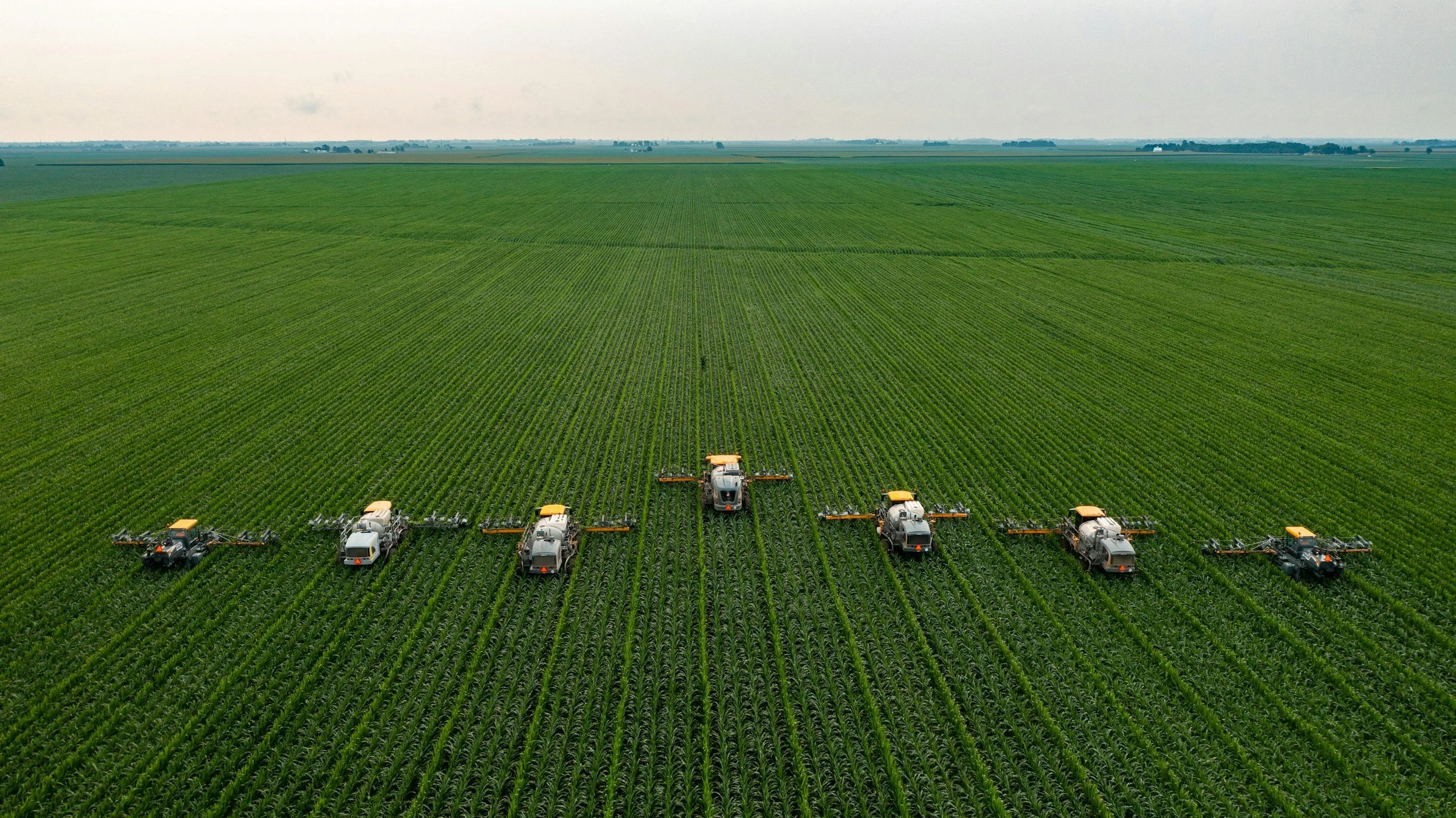Decoding Soil Health: Key Factors and Their Influence
/Soil health is crucial for our planet. It refers to how well the soil can support plants, manage water, filter pollutants and ultimately sustain life. To understand what makes soil healthy, we need to consider its physical, chemical and biological qualities.
Healthy soil is full of tiny living organisms and organic matter that make it fertile and stable. Physically, good soil has the right structure, texture and moisture retention, which are key for plant roots to grow and for water to soak in. Chemically, it has the right mix of nutrients and a suitable pH level for plant health. Biologically, it is rich in microbes and organic matter, helping to cycle nutrients and maintain good structure.
The health of soil isn’t just important for farming. Healthy soil acts as a natural water filter, trapping pollutants and improving water quality. It also helps combat climate change by storing carbon. What’s more, healthy soil supports a wide variety of life, contributing to the stability and resilience of ecosystems.
Improving Soil Health: Key Practices
Improving soil health means using good farming practices. These include not disturbing the soil too much, keeping it covered with plants, protecting it from erosion and planting different kinds of crops to increase biodiversity. Adding organic materials such as compost and manure can boost soil health by adding nutrients and encouraging microorganisms to grow. Rotating crops and using cover crops can also improve soil structure and fertility.
Another helpful practice is agroforestry, which means planting trees and shrubs alongside crops and livestock. This can improve soil health and provide extra environmental benefits. Mulching, which involves covering the soil with a layer of material, helps retain moisture, regulate temperature and suppress weeds. Using integrated pest management (IPM) can reduce the need for chemical pesticides by encouraging natural predator-prey relationships.
Using Technology for Soil Health
New technologies have made it easier to check soil health. Sensor networks can provide real-time data on soil moisture, temperature and electrical conductivity, helping with precise irrigation and nutrient management. Spectral analysis gives detailed information about soil composition. DNA sequencing shows the diversity and function of soil microbes, giving us deeper insights into soil health. Remote sensing and geographic information systems (GIS) can map and analyze soil properties on a large scale, guiding targeted interventions.
Innovative products: Crop Adjuvants
The agricultural industry is focusing more on soil health by using innovative products, sustainable practices and educational programs to promote strong farming systems. This includes tools like crop adjuvant products, which can enhance the effectiveness of fertilizers and protectants, contributing to better nutrient uptake and overall soil vitality. Collaboration among farmers, scientists, policymakers and industry stakeholders is essential for adopting practices that improve soil health and sustain long-term agricultural productivity. Public awareness campaigns and farmer training programs also play a critical role in spreading knowledge about soil health and sustainable farming practices. Only by working together can we nurture our soil and work toward a healthier, more sustainable future for agriculture and our planet.
Would you like to learn more? Check out the accompanying resource for further insights on the impact of soil health.
About the Author:
Miller Chemical & Fertilizer is a leading manufacturer and distributor of crop protection and nutritional agricultural products, dedicated to supporting sustainable and productive farming practices around the world. The company has over 90 years of experience in the industry and focuses on developing innovative solutions that improve plant health, enhance yields, and support growers in overcoming agronomic challenges.





































